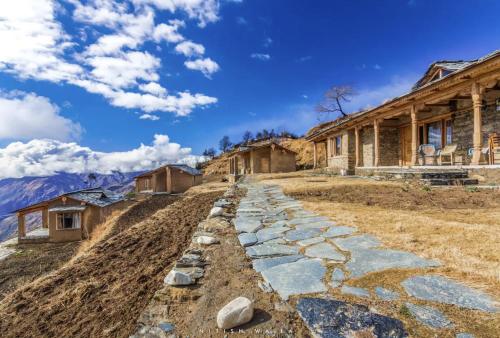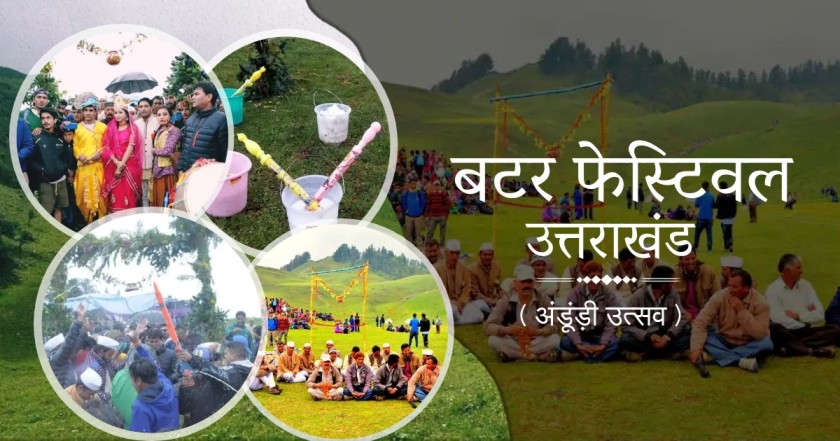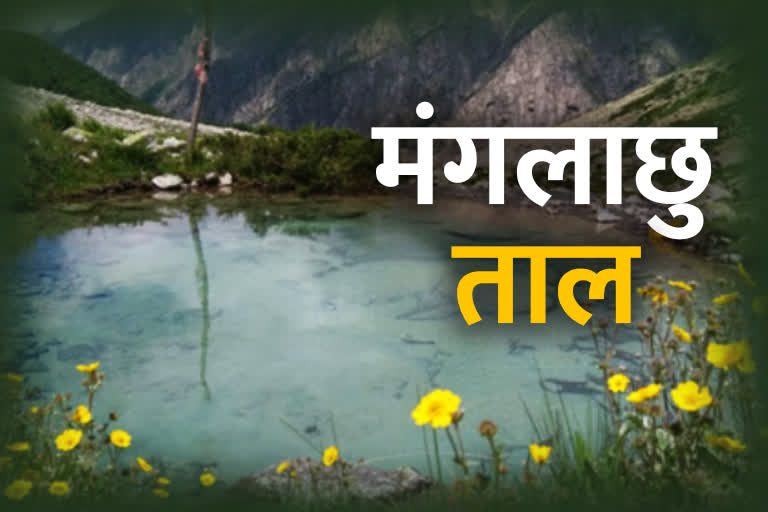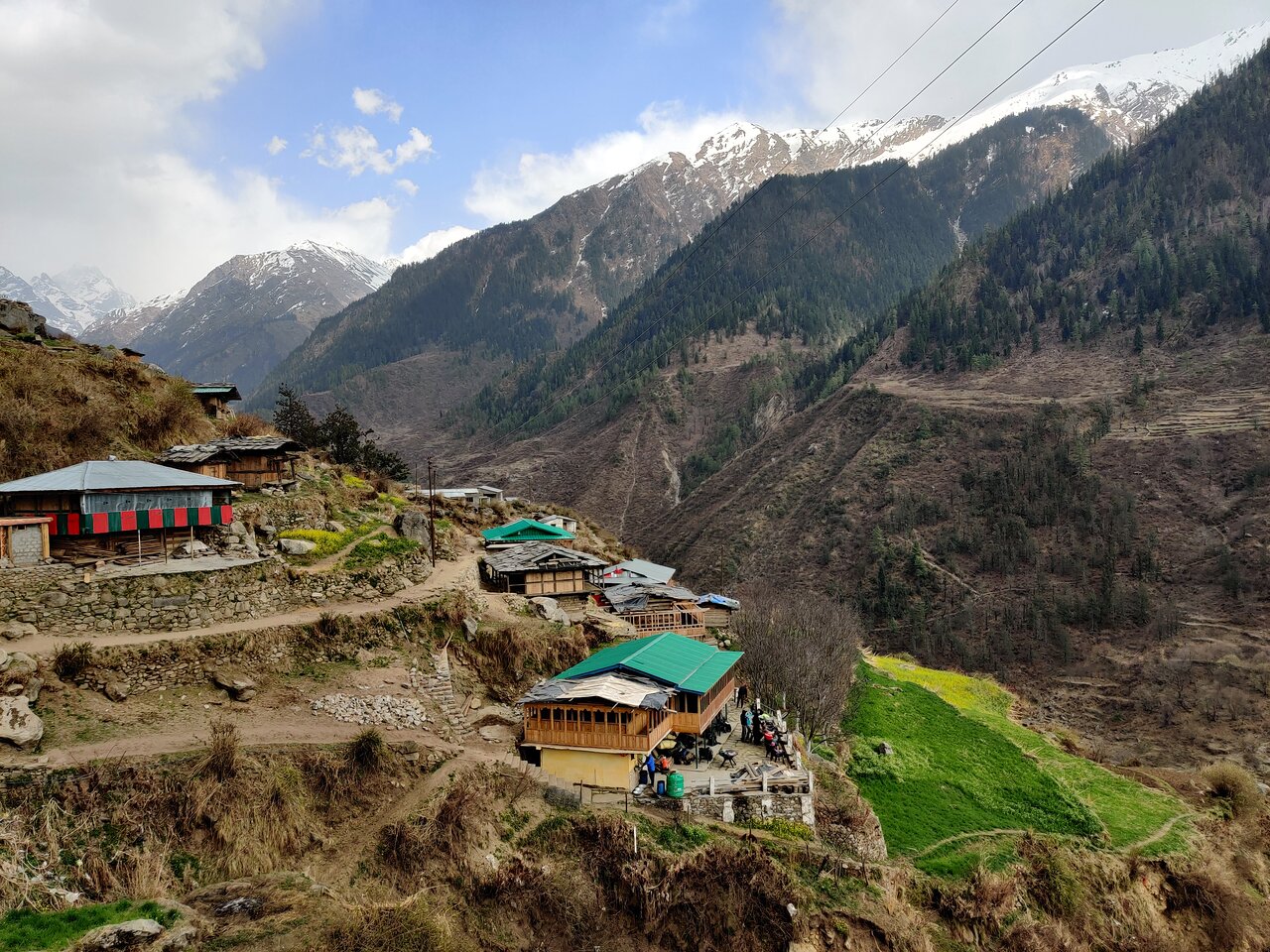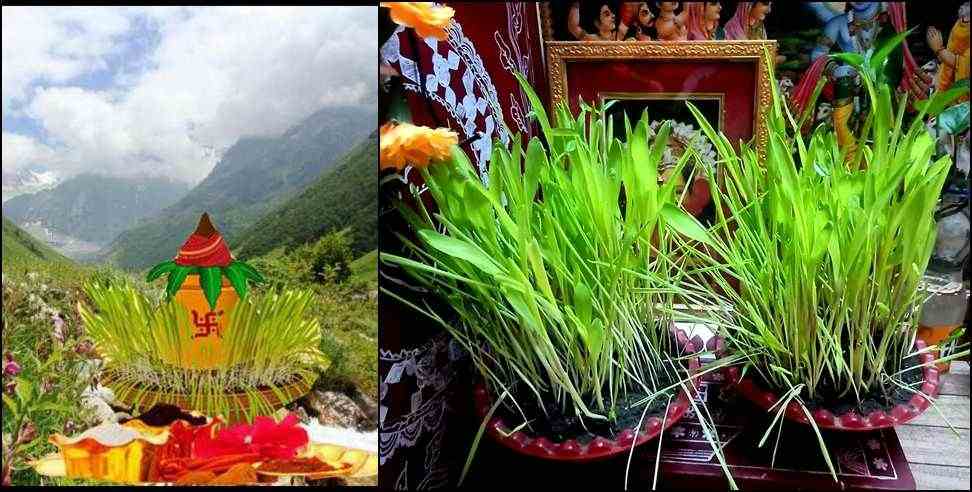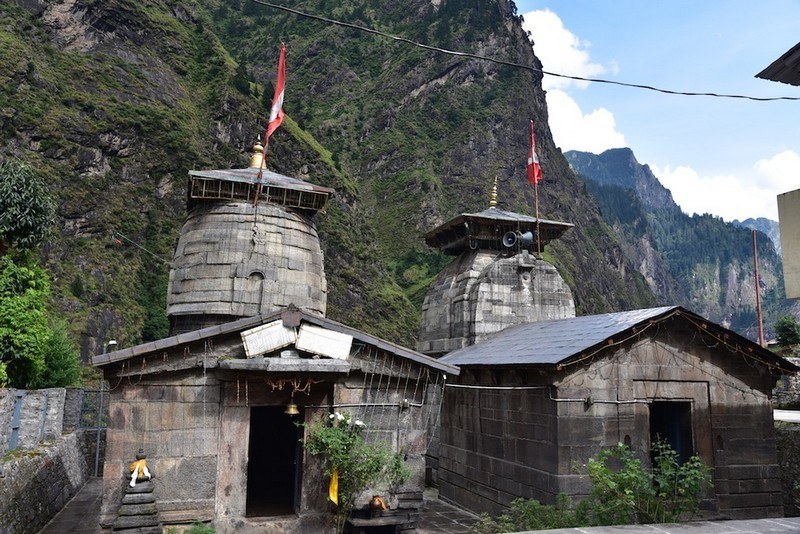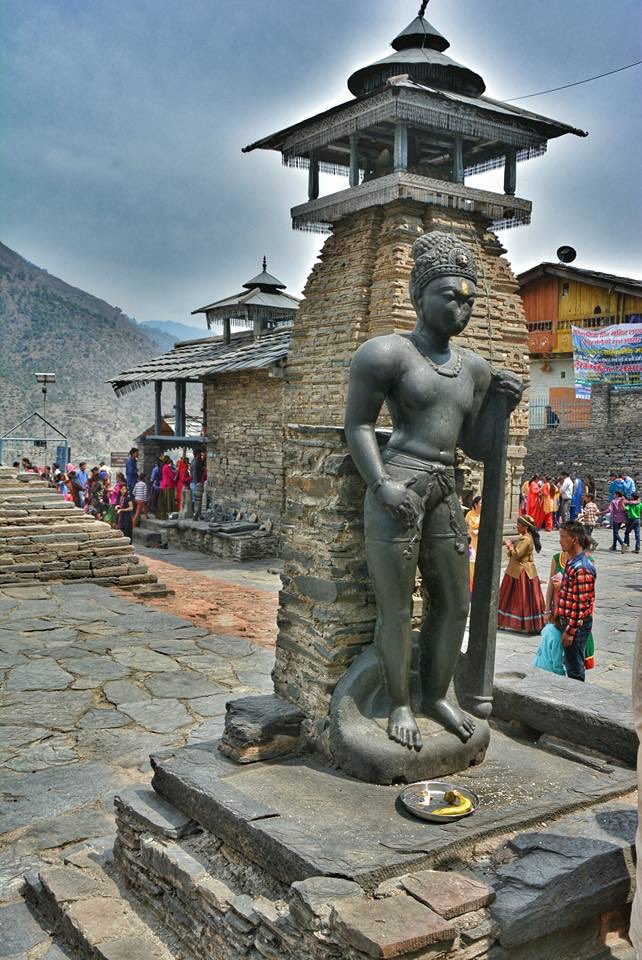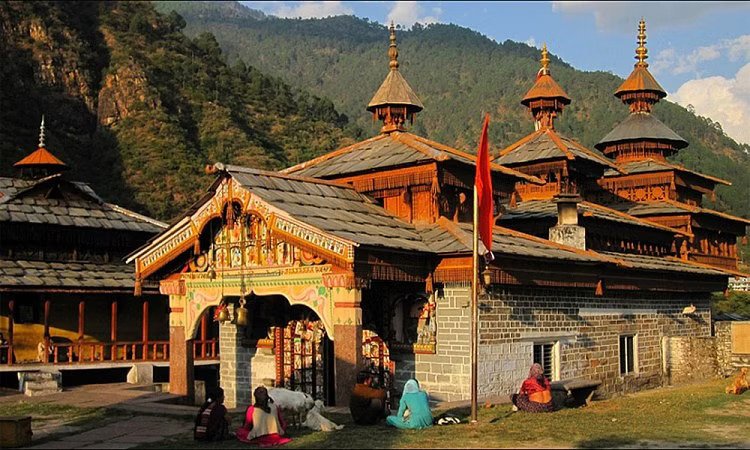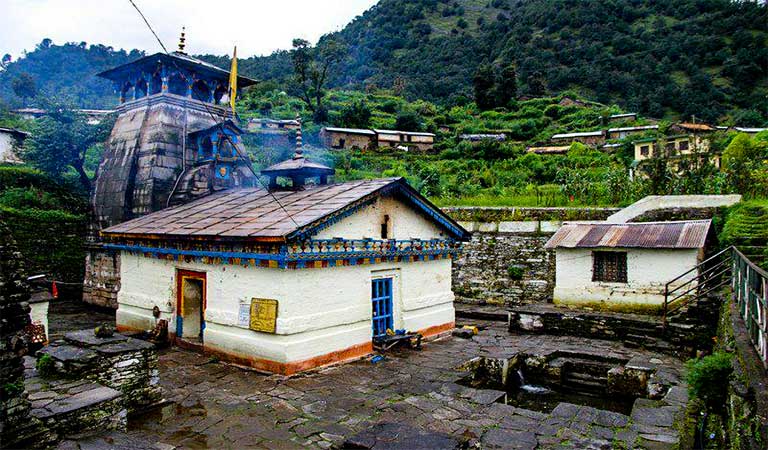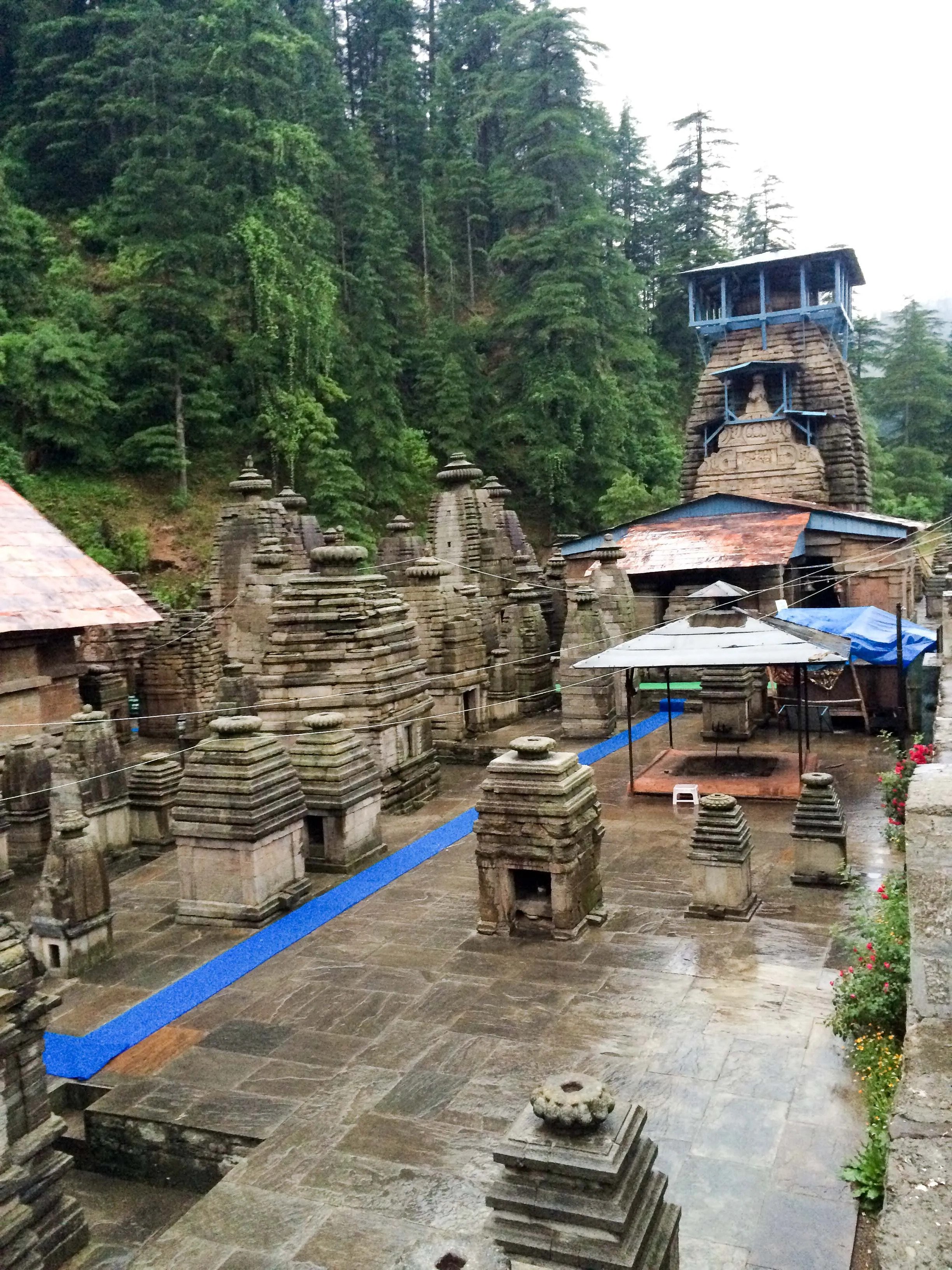
Uttarakhand, also known as the land of gods or Dev Bhumi, has a rich archaeological history of ancient and medieval temples still flourishing throughout the state. The state has developed its unique style of art and architecture. The most stunning temples in Uttarakhand were constructed during the rule of the Katyuri dynasty. Among the more famous temples from the Katyuri era is the Jageshwar Dham.
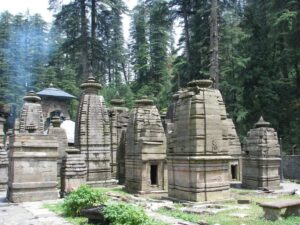
JAGESHWAR DHAM: The Valley Of Gods
This mythological residence of the divine, located in the picturesque Kumaon region, draws followers with its alluring architecture and folklore. A 37-kilometer drive from Almora separates Jageshwar, which is located at an altitude of 1,870 meters above sea level. It is surrounded by a lush Deodar forest, and the Jata Ganga, which flows through the temple, adds to the area’s attractiveness. You’ll be in awe of the elaborate carvings in the complex of temples, which provide a visual spectacle and describe the artistry of an earlier time.
The Jageshwar temple, which is devoted to Lord Shiva, has the name of its reigning divinity. The Jyotirlinga in this location is represented by Nagesh, the ruler of snakes. Jageshwar Temple is situated at the westernmost point of the complex of temples. Nandi and Skandi, two life-size statues of Dwarpalas, are located on each side of the main entrance.
Architecture:
The temple is built in the Nagara architectural style, which is distinguished by a tall, curved spire topped by an amalaka (capstone) and a kalasha crown. The temple complex contains approximately 125 temples and 174 sculptures, including idols of Lord Shiva and Parvati. It includes Dandeshwar Temple, Chandi-ka-Temple, Jageshwar Temple, Kuber Temple, Mritunjaya Temple, Nanda Devi or Nau Durga, Nava-grah Temple, a Pyramidal shrine, and Surya Temple. On the walls and pillars of several of these temples, more than 25 inscriptions written in Sanskrit and Brahmini have been discovered. The inscriptions on the walls, pillars, pilasters, and mouldings are visible.
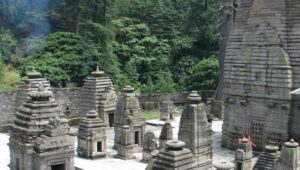
History:
The Skandha Purana and the Linga Purana claim that Jageshwar is where the eighth Shiva Jyotirlinga first appeared and that this is also where Lord Shiva’s worship first began. During his visit, Adi Sankaracharya is said to have renovated Jageshwar Dham under Katyuri’s reign. The majority of these date from the 7th to the 10th centuries AD. The post-Gupta and pre-medieval eras are when they were created. The Jageshwar temple is thought to be about 2500 years old, while exact dates are not included in ASI’s records.
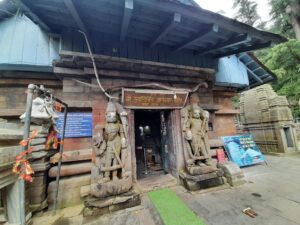
According to ancient stories, Shiva meditated at this spot after defeating the Daksh Prajapati and covering himself in the ashes of his wife Sati. The tale goes that Shiva’s presence attracted the wives of the sages, causing the sages to become angry. In response, Shiva removed his phallus, resulting in darkness across the land. To remedy the situation, the sages established the Linga as a symbol of Shiva. This is how the practice of Linga worship originated.
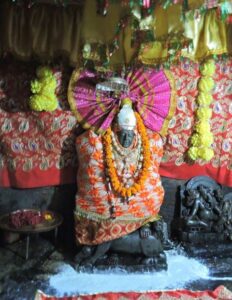
Another legend claims that Luv and Kush, the sons of Lord Ram, conducted a Yagna in this area and invited various devatas. It is believed that they were the first to erect these temples.
As per general beliefs, while on their Mahaprasthan towards Swargarohani, the Pandavas had performed their last rites at Jageshwara, on the banks of the Jatganga. It is, for this reason, the banks of Jatganga are used as a cremation ground for those living in nearby villages.
It is said that this place used to fall on the ancient pilgrim route to Kailash Mansarovar. It also finds mention in the travelogues of Huan Tsang.
Jageshwar Dham Archeological Museum:

Jageshwar Dham is under the conservation of the Archaeological Survey of India. The ASI’s tiny but well-kept museum features regional sculptures. The majority of the sculptures on show here are either from the surrounding area or the temple complex. You may see stone carvings of Vishnu, Surya, standing Uma Maheshwari, and Dancing Ganesha, including one with Ashta Vasus. Chamunda, Kaumari, Kanakdurga, Mahishasurmardini, Laxmi, and Durga are some examples of Shakti imagery.
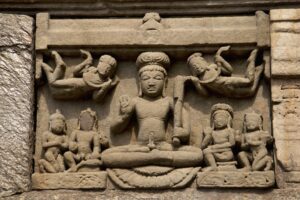

Jageshwar’s ethereal and serene location makes it the perfect place to explore and revitalize the body and mind. Due to the serene, lovely surroundings, the calm location also serves as a meditation point.
Both the Shivratri Mela in spring and the Jageshwar Monsoon Festival in August are popular times to visit Jageshwar. The ideal times of year to visit Jageshwar are from April to June and from September to November.
How to reach by road:
Jageshwar Dham is located in the Kumaon region of Uttarakhand, just 35 km from Almora. And 400 km from Delhi. Buses and taxis can be available from Haldwani and Delhi.
Read more: क्या है पहाड़ों में मुखौटे पहनने की परंपरा ?
Read more: How a Ghost village became Goat village?
Follow us on social media
Follow us on Instagram 👈Click here
Subscribe to YouTube 👈Click here
Join our WhatsApp group 👈Click here


